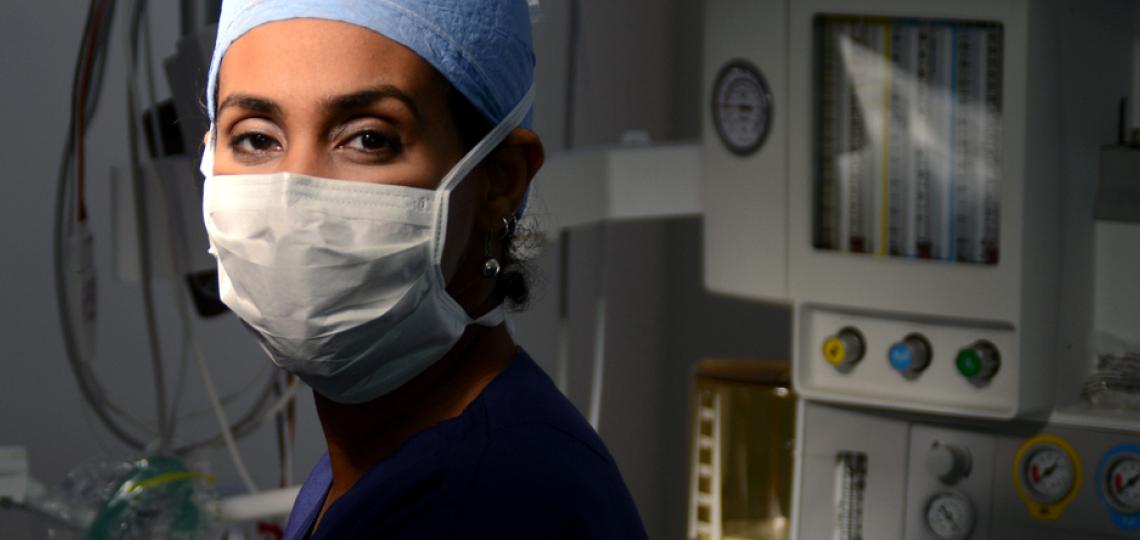Anesthesia refers to a loss of sensation with or without loss of consciousness that is typically used to allow patients to comfortably undergo surgery. There are four main types of anesthesia:
General anesthesia. This type of anesthesia is accomplished by a combination of medications that a person breathes through a mask or receives through a catheter in a vein to cause the person to fall asleep and remain asleep throughout the duration of surgery.
Regional anesthesia. This type of anesthesia occurs when your anesthesiologist places medication around the nerves that supply the area to be operated on. This may be accompanied by giving you medication to help you relax during the surgery. Spinal/epidural anesthesia, peripheral nerve blocks and perineural catheters are examples of regional anesthesia.
Local anesthesia. This type of anesthesia is accomplished by injecting medication under the skin in the area where the surgery will occur. This may be accompanied by giving you medication that will help you relax during the surgery.
Monitored Anesthesia Care (MAC) anesthesia. This type of anesthesia is accomplished by giving you medications which help you relax during a procedure while you remain breathing on your own and responsive.
All four types of anesthesia allow you to comfortably undergo surgery without seeing or feeling what is happening.









